Japanese sweets
Japanese Arare Rice Snacks: Definitions & Types
Kim Kahan
Posted on January 13, 2022
Share:
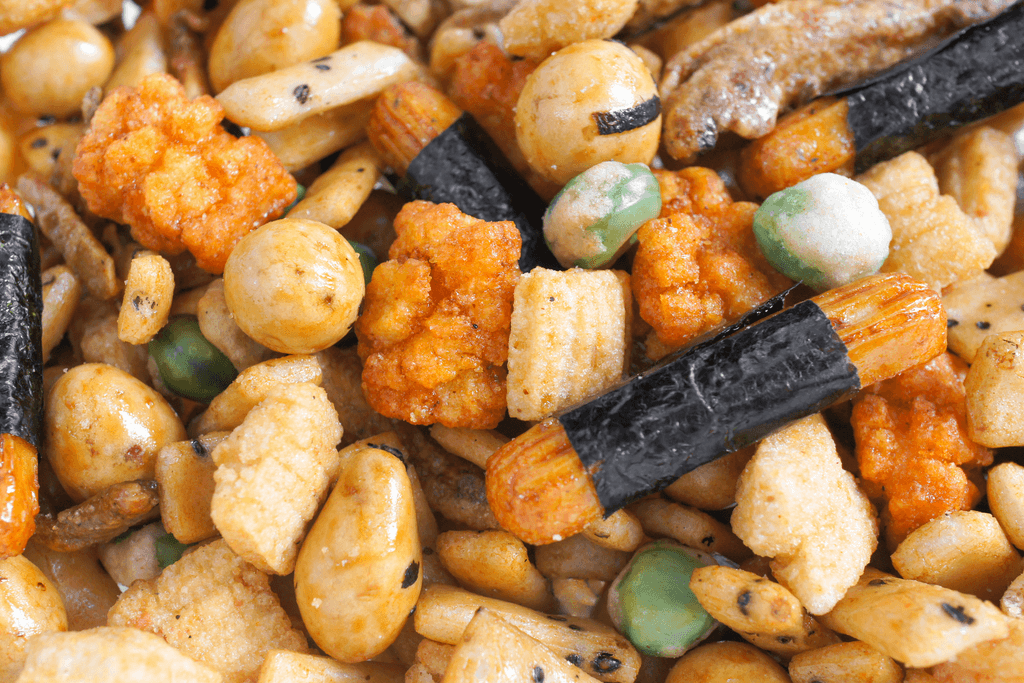
Arare is a tiny type of Japanese snack, known and loved for its crunchy texture. Arare is made of glutinous rice or beans and comes in all shapes and sizes. In fact, based on the type, it can be called a Japanese candy or a snack. Let’s find out more about this traditional Japanese snack.
What is Arare and How to Tell if it’s Arare
A popular Japanese snack, arare comes in many shapes and sizes all quite different from each other, so it can be hard to tell exactly what arare is. To tell, remember these two words: glutinous rice. Generally speaking, this snack is basically like a rounded, bite-sized rice cracker, made from rice and flavored with soy sauce or sugar. Other flavorings and toppings can be mixed in too, such as peanuts and sesame seeds.
It takes around 3-7 days to make arare, as the rice or mochi (Japanese pounded rice cake) has to be dried for a few days before being cooked in oil. Once the rice or mochi has dried, either deep-fry or bake it in the oven at around 180 degrees. You can add flavorings such as soy sauce – just dunk them in and then cook – sugar, salt, or something even more interesting.
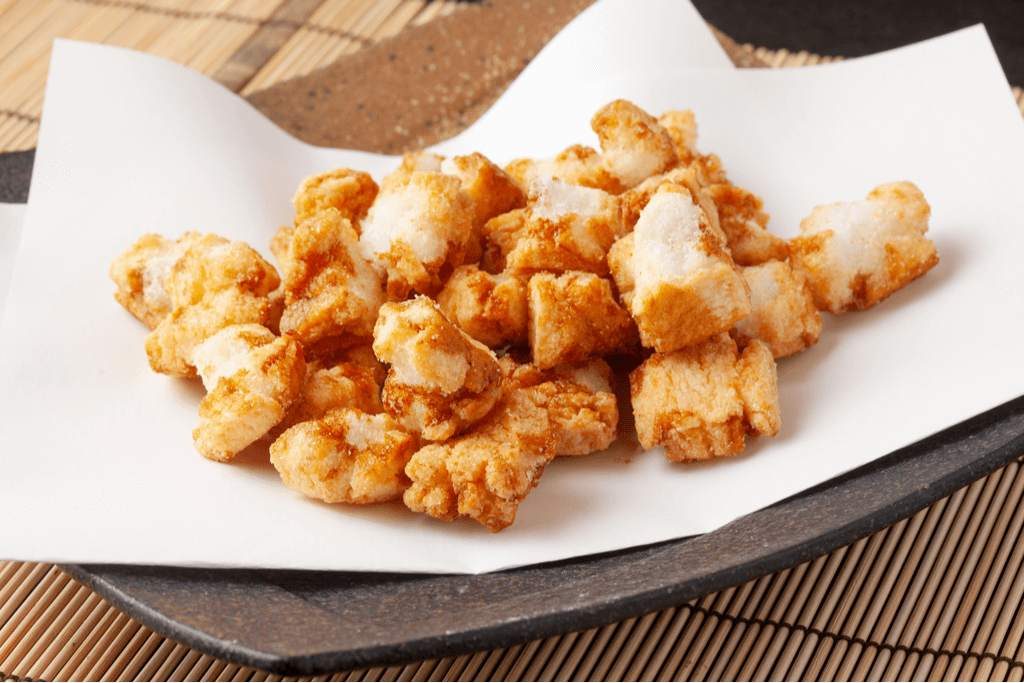
Arare is around 2-3cm big, and can even look like puffy cereal, or snow pellets, after which it takes its name. Not to be confused with its counterpart okaki (another Japanese rice cracker); arare is generally rounder and smaller whereas okaki is bigger and flatter, but they are both made out of baked or fried glutinous rice.
There is some debate about kakimochi and mochi crunch – in Japan these are said to be different from arare but to Hawaiians ‘kakimochi’ or ‘mochi crunch’ equals arare. We’ll include it in this article for now.
Looking to try authentic snacks from Japan, like arare? Check out Sakuraco! Sakuraco sends traditional Japanese snacks, sweets, and teas from local makers, perfect for tea time or a snack.
Types of Arare
There are many different types of arare, which might be what makes it so fun!
Arare can be savory or sweet. Savory types are often found in mixed packets among the appetizers section in the convenience store or supermarket if in Japan, complete with bite-sized potato chip style packets with simple packaging. The sweet kind is often brightly colored or comes in child-friendly packaging, often with traditional characters depicted on the outside.
Savory arare is normally pretty salty and very moreish, which makes it the perfect snack to go alongside alcohol, hence you’ll often find it in the appetizer sections. Sweet arare can be associated with special occasions such as the Dolls Festival, and looks like many multicolored rainbow drops. They might even come encased in their own tiny character cases.
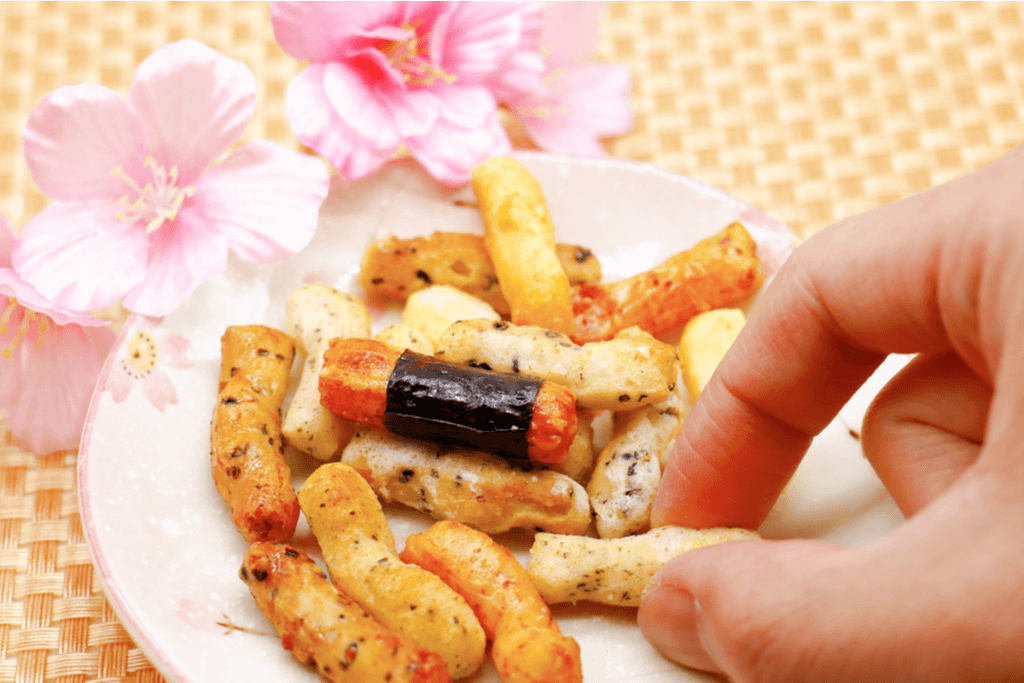
Kaki-no-tane (柿の種)
Literally translated as ‘persimmon seed,’ kaki-no-tane is one of the most popular types of Japanese arare. Kaki-no-tane is a small, instantly recognizable, crescent-shaped version of this treat. They are flavored with soy sauce and the saltiness often tastes somewhat spicy with some umami (savoriness) – the perfect accompaniment to Japanese beer or drinks at an izakaya.
Often, kaki-no-tane are found in brightly colored packets mixed with peanuts. This type of kaki-no-tane is known as kaki-pi, or kaki-pea. It is also a more savory type, unlike the sweet and luxurious Japanese fruit that it is named after.
Norimaki Arare
Norimaki (seaweed wrap) arare are little, rectangular blocks of hard rice cake, wrapped in a blanket of nori (seaweed), with just their tops and tails poking out. Arguably the most adorable of all the arare types, they actually have a very traditional vibe about them.
Hina Arare
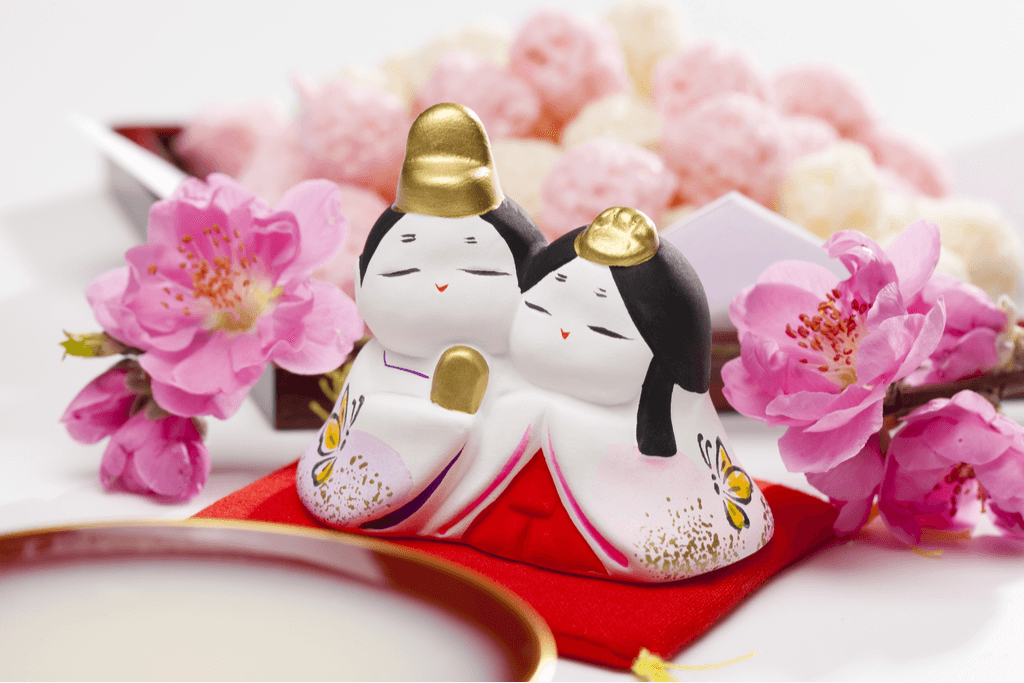
Hina Matsuri, also known as Dolls Festival or Girls Festival, is a festival traditionally celebrated on March 3rd in Japan.
This is a day dedicated to the health of girls and women that has been observed for nearly 1000 years, since the Chinese calendar was introduced to Japan. In the traditional Chinese festival, dolls are floated down the river to ward off bad spirits.
The Japanese version possibly took its name from the dolls that aristocrats played with at the time, called ‘hina-asobi.’ These dolls were said to be similar to the Chinese festival dolls, hence the hina-matsuri was born. On March 3rd, households and temples across Japan put up doll decorations – normally a few tiny dolls on a red ‘carpet’ – and eat foods such as hina arare.
Hina arare are tiny, puffy blobs of rice, in different colors: pink, green, yellow and white, with each color representing a season. This commonly handmade Japanese candy is sweet and flavored with sugar, making it simply delicious.
Kakimochi (Hawaii)
In Hawaii, kakimochi is very popular, made of glutinous rice, and often comes in fashionable tins. It is common for people to mix kakimochi or mochi crunch with popcorn to create a wonderfully crunchy snack for the cinema. In Hawaii, the most common type of kakimochi or mochi crunch is the salty variety.
These salty, crunchy little slabs are occasionally coated with chocolate too, for an interesting juxtaposition of flavors – one for the bucket list! Think of potato chips covered in chocolate and you’ve got the right idea.
Let us know if you’ve spotted any arare out and about and what flavors you’d like to try. We’d love to hear your thoughts!

Discover authentic flavors with Sakuraco
Get Sakuraco 
2 Responses

Discover authentic flavors with Sakuraco
Get Sakuraco 
Related Articles
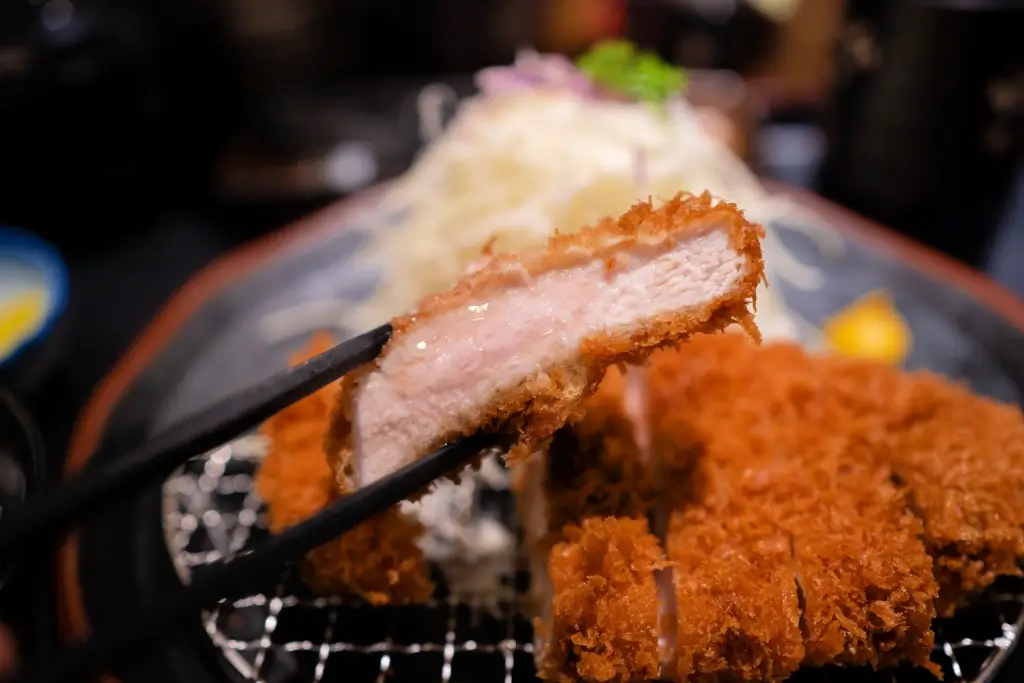
Tonkatsu Luxury Restaurants: Best Ones to Try!
Don’t miss out on tonkatsu if you’re traveling to Japan! Tourists often add the meal to their must-eat list because of its delicious and satisfying nature. Even better, you can elevate the experience by going to luxury restaurants across Japan, where you can experience some of the most celebrated pork cutlets.

Mochi: How is Mochitsuki Made in Japan?
Mochitsuki is the Japanese tradition of pounding steamed rice to make mochi for the New Year. Families and neighbors gather to participate in this lively and meaningful tradition. The teamwork involved helps everyone feel a sense of connection.

Konpeito Candy: What Makes This Starry Treat Shine?
If you are a fan of the famous Demon Slayer series, then you probably know that the favorite treat of the adorable Nezuko Kamado is those tiny, colorful little sweets.

Kinako: The Amazing Roasted Soybean Powder!
Kinako is a very popular ingredient that can easily be found in many traditional Japanese sweets. It has a distinctive flavor, standing alongside other classic tastes such as red bean or sesame. Let’s explore this charming ingredient together, and who knows, you might even be able to make it in your own beloved kitchen!




How to keep kakimochi arare from getting stale so fast in Hawai’i’s humid weather? Mahalo for your help
Hi, generally the best way to keep a rice crackers from being stale is to keep them warm using the microwave and avoid placing them against each other during the process. 😄